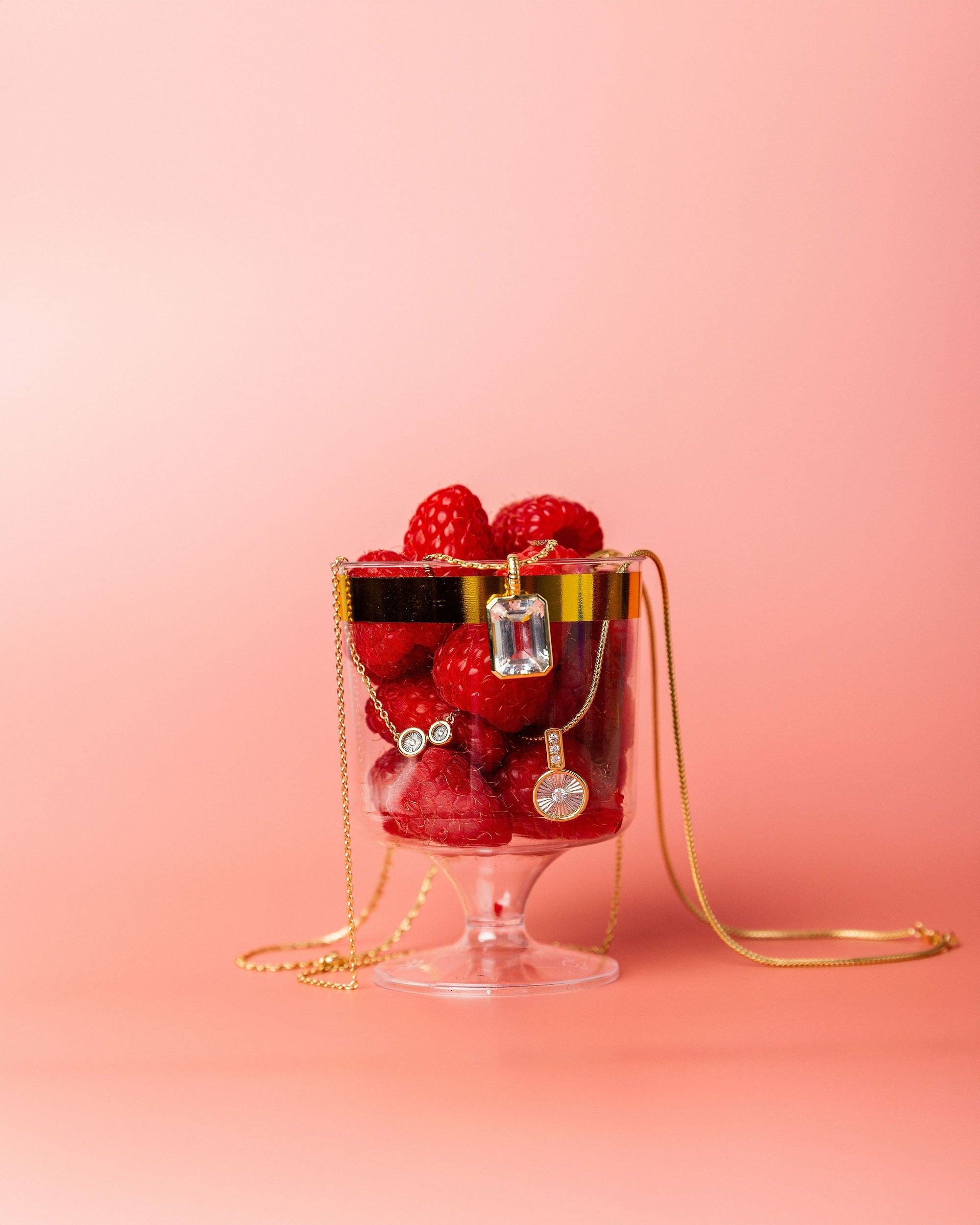Gold jewelry carries a sense of permanence, value, and emotional significance. From heirloom pieces to personal investments, ensuring your gold is genuine is essential. In a market filled with both true treasures and convincing imitations, being able to discern the difference can save you from financial loss and emotional disappointment. This guide will walk you through everything you need to know on how to tell if your gold jewelry is real or fake using accessible methods and expert advice.

What Makes Gold Jewelry 'Real'?
Authentic gold jewelry refers to items composed of genuine gold, often mixed with other metals to form an alloy. The karat system measures this purity, with 24K being pure gold, and lower karat values like 18K or 14K indicating blends. Understanding these numbers is crucial in knowing how to check the gold content of your jewelry. Many fakes imitate the weight and shine of real gold, so recognizing purity is the foundation of any gold jewelry test.
Real gold is resistant to tarnish and oxidation, which makes it a durable choice for daily wear. However, this does not mean gold-plated or gold-filled items are without merit—they simply carry different values and wear characteristics. If you want to know how to tell if 14K gold is real or if your piece is just plated, you will need to go beyond surface-level appearances.
Start with a Visual Inspection
Begin by observing the jewelry’s appearance and markings. A genuine piece of gold jewelry will usually feature a hallmark—a small engraving indicating its karat (such as 14K, 18K, or 750 for 18K gold in European markings). Look for this stamp on clasps, inner bands, or tags. A well-made stamp, often accompanied by a manufacturer's mark, is one of the easiest ways to know if the gold is real.

In addition to stamps, check the consistency of the gold’s color. True gold offers a uniform hue, whereas gold-plated items might reveal different tones or wear patterns where the base metal shows through. This is especially relevant when conducting a visual gold jewelry test at home. Also observe the surface; flaking or discoloration suggests the presence of a plated piece rather than a solid one.
Easy At-Home Tests to Try Safely
Several simple methods exist on how to check gold jewelry in the comfort of your home. The magnet test is one of the most popular. Gold is non-magnetic, so if your jewelry sticks to a strong magnet, it may not be real gold. Be cautious, however, as some non-gold metals are also non-magnetic, so this should not be your only test.
The float test involves dropping the jewelry in water. Pure gold is dense and should sink immediately. If your item floats or hovers, it’s likely fake. Another gold testing method at home includes the ceramic scratch test. Drag your gold piece across an unglazed ceramic plate—real gold will leave a gold streak, while fake gold will leave black marks.
A lesser-known approach is the makeup test. By applying a liquid foundation to your skin, letting it dry, and then rubbing the jewelry over it, you may notice a black streak if the item is made of real gold. This test can help in how to test gold necklace at home or other pieces that are regularly worn.
More Advanced Chemical Tests
If you wish to go deeper into how to test your gold at home, a vinegar test can reveal useful insights. Apply white vinegar directly to the jewelry and watch for a reaction. Real gold will remain unchanged, while imitation metals may discolor.

The nitric acid test, while highly effective, is best handled with extreme care or left to professionals. Nitric acid reacts with non-gold metals, causing bubbling or green coloration. If no reaction occurs, the jewelry is likely authentic. You can purchase a gold jewelry testing kit for this purpose, though users must follow all safety precautions.
A comprehensive gold jewelry test kit often includes acids for various karat levels. Knowing how to test 14K gold at home, for example, involves applying a specific acid concentration and observing how the metal reacts.
Still Not Sure? Let a Professional Help
While at-home methods can give strong indications, nothing replaces a professional evaluation. A certified jeweler can perform precise analyses using specialized equipment such as XRF (X-ray fluorescence), which tests the metal’s composition without damaging it.
For pieces with sentimental or financial value, having an expert opinion ensures accuracy and helps avoid costly mistakes. Professional assessments are also important when insuring or reselling fine jewelry.

Common Misconceptions to Avoid
Many people assume that all yellow-colored jewelry is made of real gold. However, modern plating technologies can closely mimic the appearance of solid gold. Some counterfeit items even carry convincing hallmarks. That’s why relying solely on visual cues is not enough when determining how to check the gold's authenticity.
Another widespread myth is that heavier jewelry automatically indicates real gold. While gold is indeed dense, many metals can be used to replicate its weight. It is best to combine several tests when verifying how to test your gold.
Confusing gold-plated jewelry with solid gold is another common pitfall. Gold plating wears off over time and reveals the underlying metal. Understanding the difference helps you appreciate what you truly own and better understand how to tell if you have real gold.
Why Real Gold Jewelry Is Worth the Investment
Beyond its monetary value, real gold jewelry symbolizes elegance, heritage, and self-expression. Its durability and timeless appeal make it a worthwhile investment. At Bondeye Jewelry, our designs honor craftsmanship and integrity, ensuring each piece you purchase is truly golden.
Whether you are shopping for a gift or building your personal collection, knowing how to tell if your gold jewelry is real offers confidence and clarity in your purchases.


